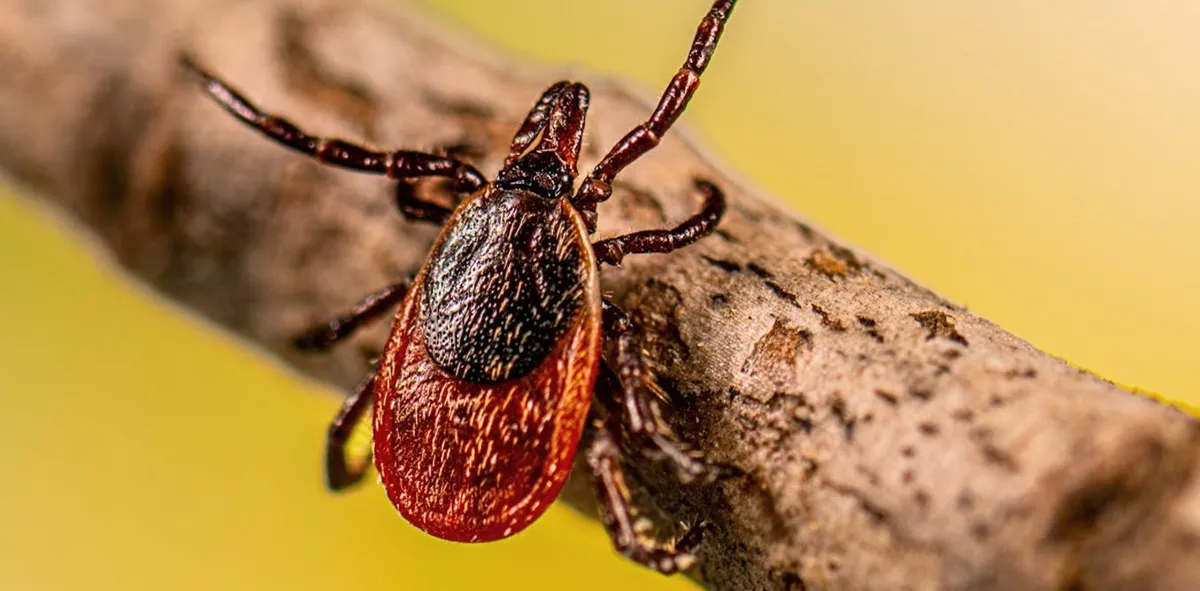
When considering ticks, it’s easy to envision these nightmarish parasites stalking you during weekend hikes or leisurely afternoons in the park. Your concerns are justified. Tick-borne diseases are the most common vector-borne illnesses in the United States, transmitted by these tiny creatures. Each tick feeds on multiple hosts throughout its lifecycle, absorbing various viruses and bacteria, which it then transmits during subsequent bites. Some of these pathogens can be harmful to humans, leading to debilitating and sometimes lethal diseases such as Lyme disease, babesiosis, and Rocky Mountain spotted fever.
What makes ticks particularly intriguing for environmental historians is the wealth of social, environmental, and epidemiological history encapsulated in each bite. The reasons for the widespread presence of these diseases often trace back to human actions taken long ago.
During the 18th and 19th centuries, settlers in the northeastern United States cleared over half of the forested land for timber, agriculture, and mining. This large-scale deforestation led to a dramatic decline in wildlife populations, including apex predators like bears and wolves, as well as deer. As farming expanded westward, Northeasterners recognized the ecological and economic importance of trees and began reforesting millions of acres. However, while the woods regrew, the apex predators that previously kept deer populations in check did not return.
This absence of natural predators allowed deer populations to swell, bringing with them deer ticks (Ixodes scapularis) that carry the bacterium Borrelia burgdorferi, the causative agent of Lyme disease. When a tick feeds on an infected animal, it can acquire the bacteria and subsequently transmit it to its next host. In humans, Lyme disease can manifest as fever and fatigue, and if left untreated, it can severely impact the nervous system. Since the 1970s, the eastern United States has become a hotspot for Lyme disease, affecting over 89,000 Americans in 2023 alone, with estimates suggesting the actual number could be even higher.
For centuries, human settlement patterns and land use politics have significantly influenced the role of ticks and tick-borne illnesses in their environments. In California, areas like the Northern Inner Coast and Santa Cruz mountain ranges, which converge near San Francisco, were never extensively clear-cut and continue to host predators like mountain lions and coyotes. However, competition for housing has pushed human settlements deeper into wildland areas, altering the local ecology of ticks.
In these regions, western black-legged ticks (Ixodes pacificus) thrive in large forest preserves, but the bacterium that causes Lyme disease is often found in greater prevalence within smaller, isolated green patches. In these isolated environments, rodents and other tick hosts flourish, shielded from larger predators that require more extensive habitats. This isolation promotes a higher rate of infection spread within tick host populations. Furthermore, the trend of constructing isolated homes in hilly areas rather than larger, interconnected developments has fragmented the natural landscape, creating a public health challenge. In fact, six counties surrounding San Francisco account for 44% of reported tick-borne illnesses in California.
The interaction between domesticated livestock and ticks has also influenced the threat posed by these parasites. In 1892, at the Stock Raiser’s Convention in Austin, Texas, Dr. B.A. Rogers proposed a groundbreaking theory that ticks were responsible for the spread of Texas cattle fever. This disease, which had arrived with cattle from the West Indies and Mexico in the 1600s, devastated cattle herds but how it spread remained a mystery. Initially, critics found Rogers' theory laughable, even lampooning him in publications.
Fortunately for the ranchers and their cattle, the U.S. Department of Agriculture supported Rogers’ hypothesis. In 1906, they launched a cattle fever tick program that significantly reduced outbreaks by regulating cattle movement through tick-heavy areas. By 1938, a quarantine zone was established along the U.S.-Mexico border, effectively eradicating cattle fever from 14 Southern states by 1943, using natural space as a public health tool.
When discussing tick-borne diseases globally, it’s clear that location plays a critical role. Consider the hunter tick (Hyalomma spp.) native to the Mediterranean and Asia. As a juvenile, this tick feeds on small forest animals, but as it matures, it prefers domesticated livestock. Historically, these ticks were a nuisance to nomadic shepherds. However, in the 1850s, laws enacted by the Ottoman Empire forced these tribes to settle down, leading to ideal conditions for hunter ticks to thrive. Consequently, farmers in present-day Turkey experienced a surge in tick-borne diseases, including the potentially fatal Crimean-Congo hemorrhagic fever.
While it may be challenging to feel sympathy for ticks, which are indeed bloodsucking parasites, it’s essential to recognize that their harmful behavior is not entirely their fault. Ticks are products of their environment, and humans have played a significant role in transforming them into the dangerous parasites that now pose a threat to our health.